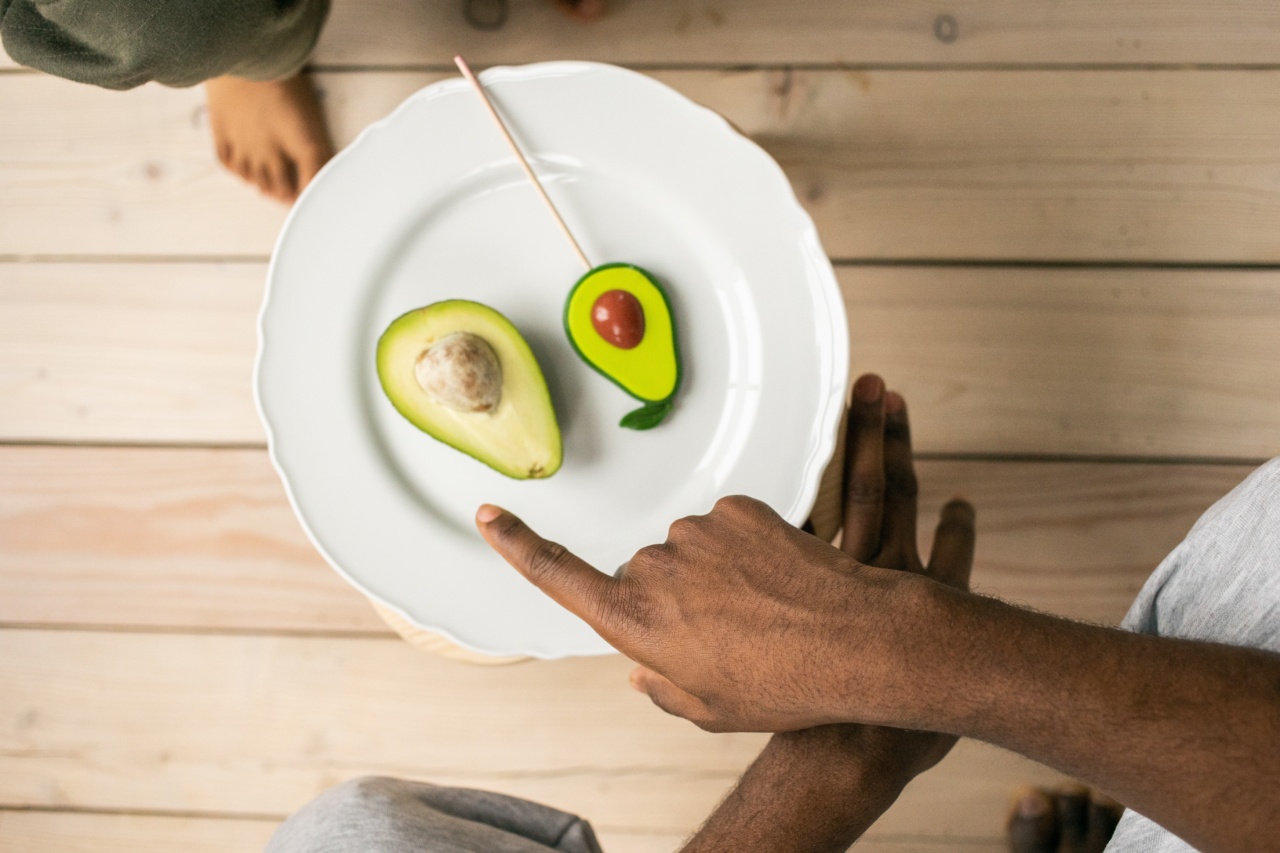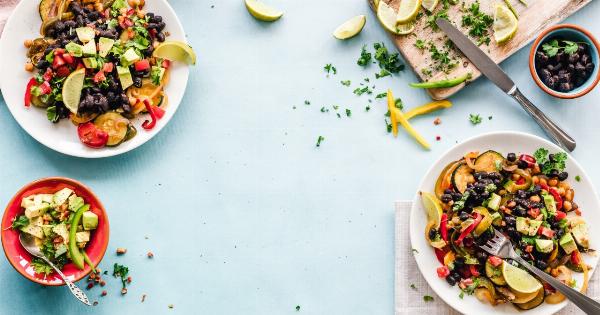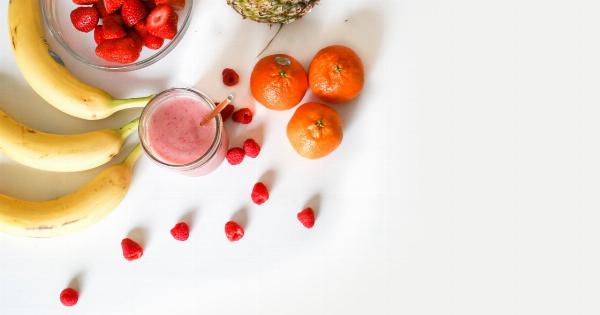Iron is an essential mineral that plays a crucial role in your child’s growth and development. It is a key component of hemoglobin, the protein in red blood cells that carries oxygen from the lungs to the rest of the body.
Iron also supports brain development, immune function, and overall energy levels. Unfortunately, iron deficiency is one of the most common nutritional deficiencies in children, which can lead to fatigue, weakness, poor concentration, and impaired cognitive function.
To ensure your child gets enough iron from their diet, consider the following strategies:.
1. Include Iron-Rich Foods
The first step in ensuring your child gets enough iron is to include iron-rich foods in their diet. These include:.
- Red meat, such as beef, lamb, and pork
- Poultry, such as chicken and turkey
- Seafood, particularly shellfish like clams, mussels, and oysters
- Beans and legumes, such as lentils, chickpeas, and kidney beans
- Tofu and tempeh
- Nuts and seeds, especially pumpkin seeds and cashews
- Iron-fortified cereals and bread
- Leafy green vegetables like spinach and kale
2. Pair Iron-Rich Foods with Vitamin C
Vitamin C enhances the absorption of iron from plant-based sources. Therefore, it’s a good idea to pair iron-rich foods with vitamin C-rich foods to maximize iron absorption.
Some vitamin C-rich foods include citrus fruits (oranges, lemons), strawberries, kiwi, mangoes, tomatoes, bell peppers, and broccoli. You can serve a glass of orange juice with a bowl of iron-fortified cereal for breakfast or top a spinach salad with strawberries or bell peppers.
3. Limit Calcium and Tea Consumption
Calcium and tannins found in tea can hinder the absorption of iron. Therefore, it’s advisable to limit calcium-rich foods and beverages like milk, cheese, and yogurt at mealtime when serving iron-rich foods.
Similarly, avoid serving tea alongside iron-rich meals. However, these foods can still be included in your child’s diet; just ensure they are consumed separately from iron-rich foods.
4. Cook with Cast Iron Cookware
Cooking with cast iron cookware can increase the amount of iron in your child’s diet. Acidic foods and liquids, such as tomato sauce or lemon juice, release more iron when cooked in cast iron pots or pans.
However, be sure to properly season and care for the cookware to prevent rust and maintain its non-stick surface.
5. Choose Breakfast Cereals Wisely
Not all breakfast cereals are created equal when it comes to iron content. Read the labels and choose cereals that are iron-fortified. These cereals are an easy and convenient way to ensure your child gets a good amount of iron in their diet.
Serve with milk, fortified almond milk, or yogurt for an additional calcium and protein boost.
6. Consider Iron Supplements
In some cases, it may be necessary to consider iron supplements for your child. If your child has been diagnosed with iron deficiency or is unable to meet their iron needs through diet alone, consult a pediatrician.
They can recommend suitable iron supplements and provide guidance on appropriate dosage.
7. Lead by Example
Children are more likely to adopt healthy eating behaviors when they see their parents and caregivers consistently making nutritious choices.
Be a role model for your child by enjoying iron-rich foods yourself and showing enthusiasm for a healthy, balanced diet.
8. Get Creative with Recipes
Making meals fun and interesting can encourage your child to eat iron-rich foods. Try incorporating iron-rich ingredients into delicious recipes, such as spinach and feta muffins, black bean burgers, or chickpea stir-fry.
Experimenting with flavors and textures can make meals more appealing to picky eaters.
9. Schedule Regular Check-Ups
Regular check-ups with your pediatrician are essential to monitor your child’s growth and development. During these visits, the doctor can assess your child’s iron levels and ensure they are meeting their nutritional needs.
If any deficiencies are detected, appropriate interventions can be recommended.
10. Educate Your Child
Teaching your child about the importance of iron and its role in their body can help them understand why it’s crucial to eat iron-rich foods. Explain how iron helps them grow, learn, and stay active.
Encourage their involvement in selecting and preparing meals to create a sense of ownership and interest in their own nutrition.




























